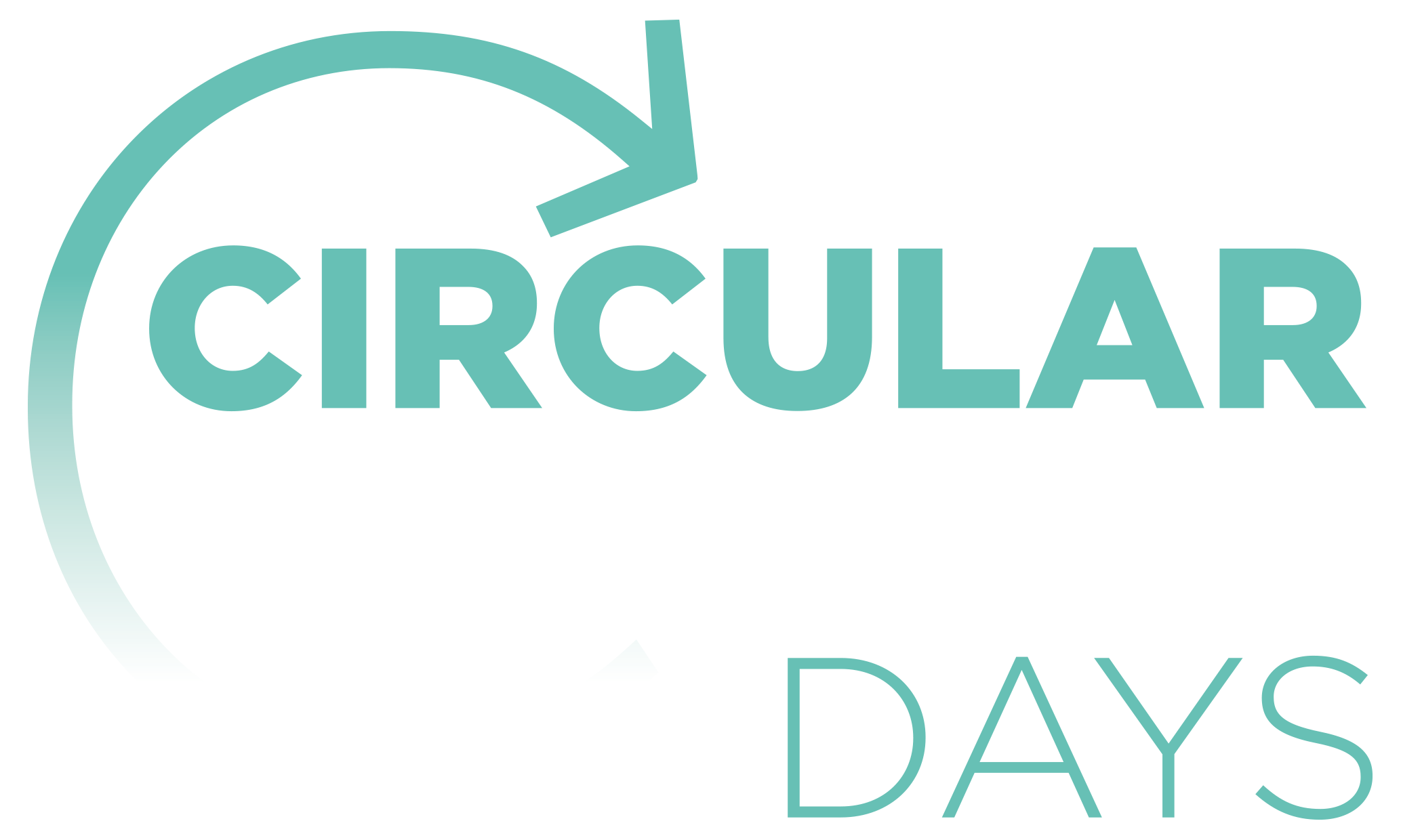Textile Trade Association – Textile Cluster
by Natasa Sivevska
Circular Synergy: How European Brands and Macedonian Manufacturers Are Leading the Textile Revolution
Can European brands and Macedonian manufacturers lead the way in circular textiles? Join us at Circular Textile Days to find out how the Macedonian Textile Cluster is setting a new standard in circular textile production.
Mrs. Natasha Sivevska, a senior textile and apparel expert with over 29 years of experience, will share her insights. As the Executive Director of the Textile Trade Association – Textile Cluster, Mrs. Sivevska has been instrumental in improving the competitiveness of Macedonian textile and garment producers, making them reliable partners for European brands.
Mrs. Sivevska will discuss how the Macedonian Textile Cluster is tackling the challenges of sustainable production and circular economy practices. Through practical examples, she’ll demonstrate how the cooperation between European brands and Macedonian manufacturers is functioning, and what other regions can learn from this model.
This session highlights a successful model of cooperation between European brands and Macedonian manufacturers. It offers real-world examples of how these partnerships are driving circularity in textile production, setting a benchmark for the industry.
Key Takeaways:
- Real-World Examples: How European brands and Macedonian manufacturers are successfully collaborating to implement circular economy practices.
- Challenges and Solutions: Insight into the obstacles faced in sustainable production and how they are being overcome.
- Future Outlook: What this model means for the future of textile production in Europe and beyond.
- Practical Lessons: How brands, designers, and recycling companies can apply these learnings to their operations.
Don’t miss this opportunity to learn from a leading expert in the field and discover how you can contribute to the future of circular textile production.


